Multilingual and Multiregional SEO Guide will be told over a concrete SEO Success Case Study and example with 41 different languages, and countries in the context of international SEO. ForexSuggest.com is the subject of the Multilingual SEO Case Study. During the Multilingual and Multiregional SEO Case Study, nearly a new content is not being published, but all the different regional and language sections of the website (source) are synchronized and semanticized with each other with the help of internal links and hreflang tag.
What is Multilingual SEO?
Multilingual SEO is the process of optimizing a website, or web entity for multiple languages in the context of Search Engine Optimization. Multilingual SEO and Multiregional SEO are connected to each other. Multilingual SEO is beneficial to acquire visibility across different languages and increase organic traffic for different countries, and cultures. Search Engines such as Google, Bing, Yandex, and Baidu can improve and use different ranking and indexing algorithms to understand the content for different languages. Since a multilingual website can satisfy queries in different languages for the same concepts and search purposes, it may naturally have more topical authority, and categorical quality, on certain topics.
Search Engines may attribute click satisfaction success in queries in one language to queries in other languages, as they have more historical data on multilingual websites. Multilingual SEO is also related to the web page loading performance since it is important to have a local server to decrease the Time to First Byte for the users’ requests.
SEO for a multilingual website (source) includes website layout changes, language used, author names, product descriptions, localization and customization of content, alphabetic transliteration, right to left and left to right spelling, User Experiences such as symbol and number differences, Website topics along with multilingual content optimization.

What is the Difference between Multilingual SEO and Multiregional SEO?
The difference between Multilingual SEO and Multiregional SEO is that multilingual SEO is the act of optimizing a source (website) for different languages, while multiregional SEO is for optimizing a source for only different regions. To elaborate on the difference between multilingual and multiregional SEO, you can check the examples below.
- A source with Arabic, English, and Turkish languages for its content can be a target for Multilingual SEO.
- A source with English for different countries such as New Zealand, the United States, or Canada can be a target for Multiregional SEO.
International and multinational companies need Multiregional and Multilingual SEO at the same time. A Search Engine that can understand contextual search principles and patterns can reflect different results for the same concept, and intent from different languages, and geographies. Every user from a different region and language will have a different but similar intent for the same query. Thus, Multilingual and Multiregional SEO focus on contextual and localized search principles with the help of Technical SEO and Hreflang Tags.

How to Unite Multilingual and Multiregional SEO Efforts?
To unite the Multilingual and Multiregional SEO, hreflang tags with different country codes within the format of ISO 639-1, and region code with ISO 3166-1 Alpha 2 format are used. With hreflang tags, a website can match its regional and language-based different versions with each other with the canonical version.
What is the Background of Multilingual SEO Case Study Website?
The general background of the multilingual SEO Case Study Website can be found below.
- 83% of the URLs have mixed signals in terms of indexing.
- 22,578 URLs are canonicalized.
- 30.000+ Internal Redirect (GSC Data is Partial).
- 18,948 “crawled currently not indexed” URLs which is a signal for quality issues.
- 2000+ internal 404 Error.
- 1000+ highly duplicated content web pages.
- 1500+ extremely thin content web pages.
- 2500+ pages are noindexed.
- 647 URLs are “discovered not indexed” which is a signal for technical and quality issues.
- Hundreds of URLs are/were indexed despite robots.txt disallowing commands without any further information.
- Hundreds of Soft 404 Pages
- Thousands of 500x Errors
- Hundreds of URLs within Sitemaps are marked as Noindex.
- The tens of web pages in Sitemaps are 404.
- Tens of web pages in Sitemaps are redirected.
- Hundreds of web pages in sitemaps are soft 404.
- 60% web site are not in sitemaps.
- Thousands of web pages have thousands of AMP Errors such as “URL is not AMP”, “Invalid URL Protocol”, and “Blank AMP Pages”.
- Flawed Structured Data Examples
- Only 1,2% of web pages have passed from Good Page Experience.
- Nearly All Website has CLS, LCP, and FID Problems.
- There are boilerplate links that are loaded with JavaScript.
- All of the web-security-related response headers are missing.
- More than 80% of the paginated URLs are flawed with +2 Paginated Pages.
- Most of the time, it didn’t/don’t respond with the “www” version.
- Having Internal Nofollow Links in the link circulation.
- Having mixed content errors.
- Having outdated JS Framework Libraries.
- There are 1356+ JavaScript versioned files on the crawl path.
- There are 1397+ CSS files on the crawl path.
- 800+ versioned unnecessary font files exist on the crawl path.
- None of the images are compressed enough.
- All URLs are not semantic between the different language versions. In other words, there are no strong URL Pattern Signals.
- No HSTS Header for all of the websites.
- 1000+ Bad Content Type Content exists.
- There is no URL Consolidation in terms of trailing slash.
- There is no URL Consolidation in terms of upper-lowercase letters.
- All website has a flawed Heading Structure.
- There are color Contrast Issues, and web-accessibility harming implementations.
- There are unnecessarily amount of GIFs with 500+ KB sizes.
- Thousands of Structured Data Validation Errors.
- Thousands of Structured Data Stuffing samples.
Fixing all these Technical SEO Errors would take months with even 20 people on the team. And, there are also content-related issues that include “non-matching content between alternate languages”, “asymmetrical language sections”, “different internal link paths”, “inconsistent design”, “half translated” or “nearly translated” alternate versions. Still, with all these errors and problems, ForexSuggest.com is able to win Two Broad Core Algorithm Updates, and overcome 5 unconfirmed big Google Updates, along with the Spam Update of Google during the summer.
Speaking of Spam, ForexSuggest.com is not lucky in terms of external references and backlinks too, because there are thousands of links with the same URL subpath, root domain, IP subnet, references with duplicate title, page layout, and design, references with the same Google Analytics or Google AdSense ID. 80% of the external reference network occurs from these types of spammy or shady links, and there is no disavow file for now. In this context, Google is able to detect the spammy link networks but no algorithm can be successful with a 100% success rate, esp. there are millions of variables. Since there was not enough workforce to fix all these issues, I need to prioritize the workforce for the key points for international SEO based on the Search Engine Understanding.
How to Prioritize the SEO Tasks for International SEO?
To prioritize the SEO Tasks for international SEO, the most effective SEO Factors for international SEO should be understood from the point of view of search engines. Most of the time, since the multilingual websites are costly, larger, and hard to audit, managing the Technical SEO tasks will take more workforce. Creating a real organic search performance difference via fixing the technical SEO needs won’t be easy since it requires too much time. In terms of content, managing a content team for 41 different languages will be harder than usual. And, keeping the quality high won’t be easy either. Thus, an SEO should focus on the multilingual websites’ two different and effective advantages against the mono-lingual websites which are “broad appeal”, and “historical data”.
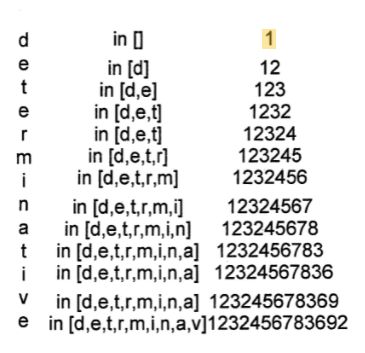
What is the Broad Appeal for International SEO?
For a search engine, there are two different types of “appeal” to web search engine users.
- Broad Appeal
- Niche Appeal
The broad appeal is the broadness of the website in terms of services, products, website sections, or queries that can be relevant enough.
The broad appeal is the broadness of the website in terms of services, products, website sections, or queries that can be relevant enough. If a website has a bigger broad appeal, it might generate better confidence, and quality scores for the website, since it covers more knowledge domains.
To make the Broad Appeal completely clear in terms of Semantic SEO, the Topical Coverage, and Topical Map terms should be read by the reader. Broad Appeal and Topical Coverage are not the same things. Topical Coverage is a term that indicates how the source covers a topic from a knowledge domain based on a context while the broad appeal is about the source’s industrial and sectoral broadness for different products, services, or articles.

The advantage of multilingual websites, in terms of broad appeal, relies on the same principle. Multilingual websites have a better broad appeal because they are able to satisfy different user segments from different languages, regions, and cultures. According to Statista, %, 25,9% of web users use the English language for searching, reading, or thinking. According to w3school, 61,8% of websites use English for their own content. And, when a multilingual website focuses on multiple languages, it will be able to appeal to a wider population which will make the multilingual website more important for the search engine.
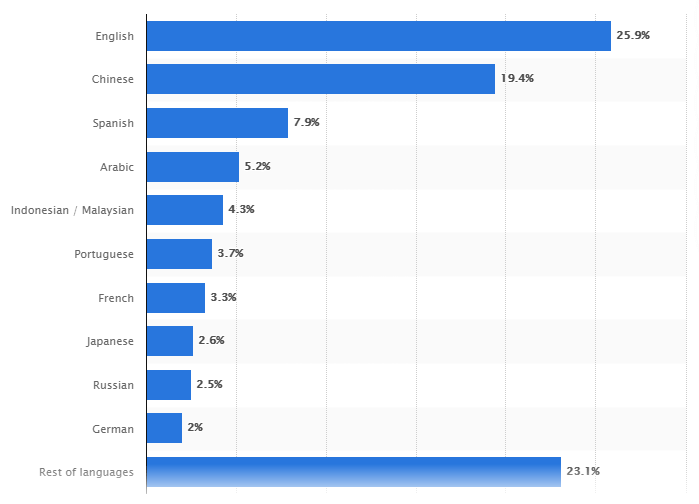
In other words, a multilingual website that can appeal to people from other languages to satisfy their needs behind their queries will have a better broad appeal since they focus on the smaller portion of the web which is harder to find better, more detailed, granular content. This situation will help search engines to satisfy the users from other languages with a higher confidence score in a comparative way.
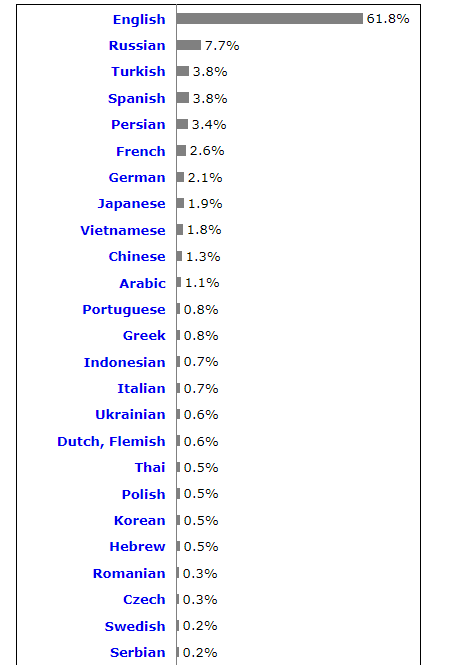
An Example for Broad Appeal in Term of International SEO
If only 2% of users use German on the web, and only 2.1% of the web is German, for a user, finding content on the search engine related to electromagnetism in German is not easy. In this context, when someone searches for a specific scientist’s name for electromagnetism, a search engine can use the “query expansion” (query translation to understand query). If the multilingual website satisfies the queries for the same topic in English, it can satisfy the same query in German, thus the multilingual website will have a better “link value proposition” score for the search engine. Since the multilingual website has a better broad appeal for a larger population, the search engine can increase the overall SERP Quality by choosing multilingual websites instead of mono-lingual websites.
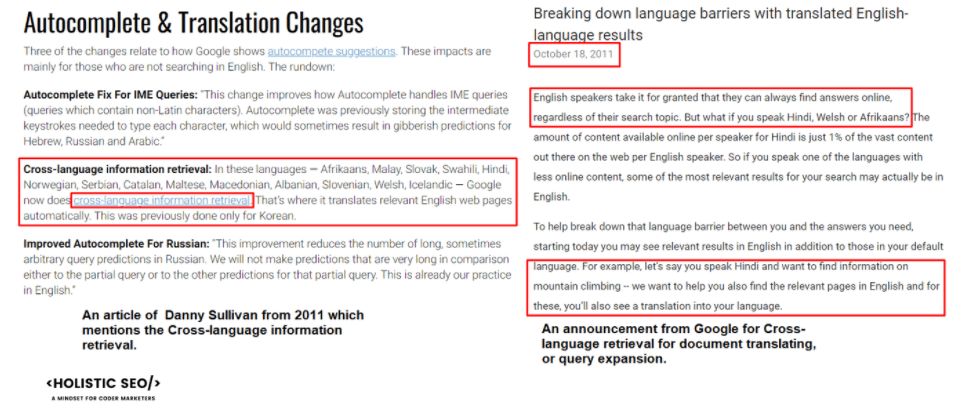
To use the broad appeal of international SEO, every content piece from a language should have an equivalent and localized version that can be found by the search engine with proper HTML Tags, and proper contextual links. In the next sections, during the “symmetry” and “consistency” sections for multilingual SEO, the usage of broad appeal for multilingual SEO will be understood further.
Appealing to a larger population with broad appeal is related to the historical data.
Any website that has enough topical authority can use broad appeal in terms of topical enlargement or turn the monolingual website structure into a multilingual website. Any website with a multilingual structure will have a better broad appeal, and more historical data for a topic that increases the possible initial ranking, and re-ranking scores.

What is Historical Data for International SEO?
Historical Data is the data that belongs to a certain time. Historical data can be used for many industries such as automotive, marketing, or even politics. Data and history can signal a source’s, a person’s, an institution’s problems, or successes with a pattern. Historical data can be used to guess the future of the same actor for the same industry, or sector. In this context, Historical Data for SEO can show the quality, reliability, and relevance of a source for a topic, for a user segment, and it can be connected to certain types of search intents, and concepts with a click satisfaction possibility.
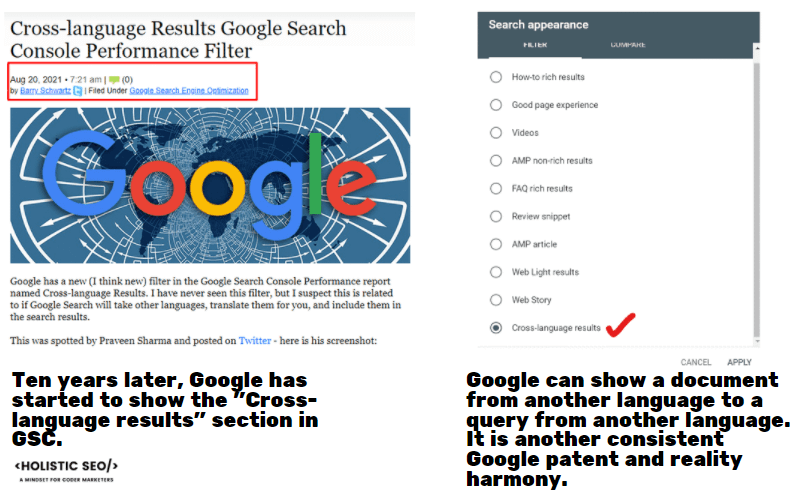
A source with more historical data can feed the search engines’ algorithms by signaling the quality of the source, the factuality of the content, and the expertise of the content network. Historical data for a source can increase the confidence of search engines to trust a source and rank higher the pages of the source initially and during the re-ranking process. Multilingual websites’ advantage in terms of historical data is that they will be able to have more historical data in a shorter period of time. Since, multilingual websites will have the same entities, topics, and contexts within their content for different languages with broad appeal, they will be able to generate more historical data for the search engines’ algorithms with a certain quality, relevance, and reliability.
A source with multi-language and satisfying content for queries from multiple languages for the same topic will share the historical data across different language sections to boost their chance to be ranked higher.

Example of Usage of Historical Data for Multilingual Websites by Search Engines
A Search Engine can compare historical data of multilingual and monolingual websites for a query from a topic. Even if the monolingual website has better overall feedback in terms of quality, the more the data is, the confidence score will be higher for the search engines. If the query is “X Product Review”, a search engine can check all pages for both of the sources for the specific query. All pages with the related query and co-occurrent phrases for the query will be retrieved to be compared to each other in light of dominant and minor search intents. During the comparison of monolingual and multilingual websites, the search engines can take the related language section of the multilingual website for the specific query. If the multilingual website has a high click satisfaction possibility for other languages with positive feedback, a search engine can use the alternate versions’ success to reflect on the related language section. The overall quality has a higher chance to be calculated more positively for the multilingual website due to the more positive feedback.

A comparison in terms of historical data between monolingual and multilingual websites can be found below from the point of view of search engines.
- A monolingual website can have 100 external references for the “X Product Review” with the variated synonyms and phrases.
- A monolingual website can have 1000 organic sessions for specific terms.
- A monolingual website can have 500 similar product reviews for the same query template, and intent template.
- A monolingual website can have 100 image search, 10 video searches, and 1 news search related activity from the different search verticals.
- A monolingual website can use only a certain amount of phrases to increase the overall relevance and quality of a specific topic.
- A multilingual website will have more external references with a broader audience diversification, and overall session count, satisfied click count, diversified search vertical activity, and overall PageRank for the same query template and intent template will be higher than the monolingual website.
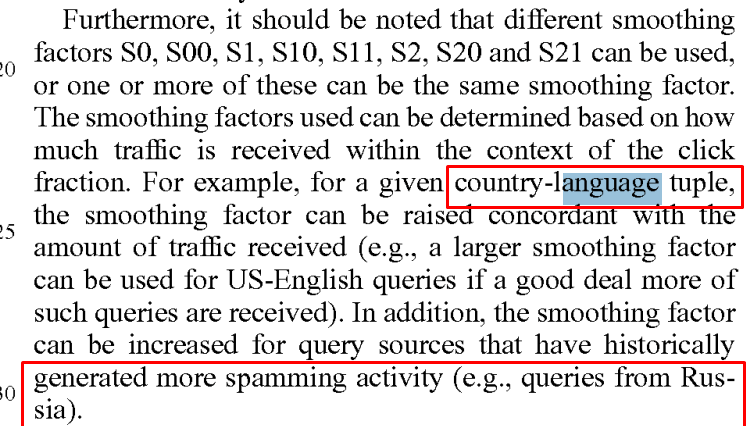
Historical data differences between the monolingual and multilingual websites can benefit the international SEO Projects with different levels of effects according to the website’s canonical (main) language, and identity. Historical data can be shared among different language sections, but still, it can create different levels of confidence score improvements based on the “shared amount of trust” between alternate versions for the web search engine user’s location.
What are the Four Main Principles of International SEO?
Multilingual and regional websites are managed by multicultural teams as they are much larger than normal websites. Therefore, it will take a very long time to realize technical SEO, Semantic SEO, and page loading performance optimization improvements. Therefore, it is important to focus the limited workforce in the right spots to manage the international SEO project of a multilingual and multi-regional website. In this context, there are 4 basic principles to prioritize the workforce for international SEO.
- Prioritization
- Symmetry
- Matchability
- Consistency
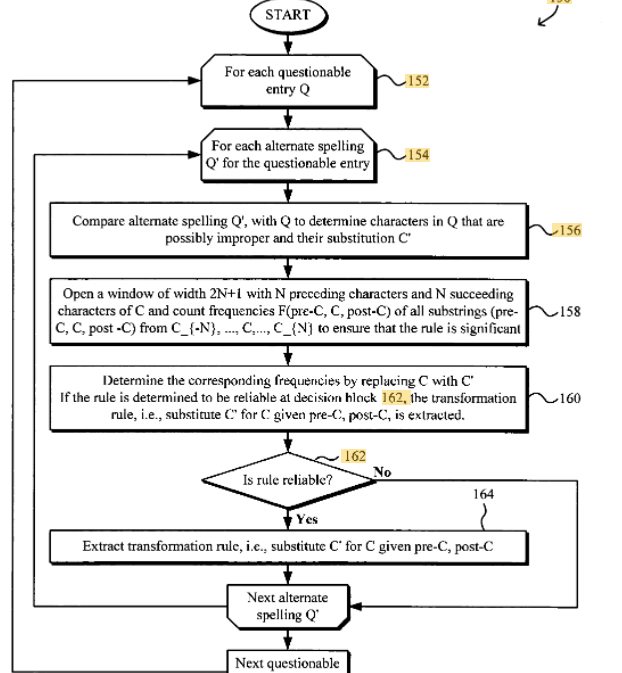
What is the Canonical Version of a Multilingual and Multiregional Website?
The canonical version of a website is the version with the original language, and region. If a website’s homepage is in English, it means that the website’s canonical version is English. Google and other Search Engines use internal links, and anchor texts to understand the relevance of web pages. Thus, homepage links are the most important internal links in terms of flow PageRank and show the important sections of a website. If the links on the homepage are English, it means that the website will have a ranking advantage for these queries according to the other language and region versions.

Sub-domains or sub-directories for different languages and regions have different URLs than the actual homepage. Thus, they will be perceived as the alternate versions of the canonical version by the Search Engines.
To unite the multiregional and multilingual SEO efforts, the canonical version of the website should be known and matched with the alternate versions with proper hreflangs, and internal link structure.
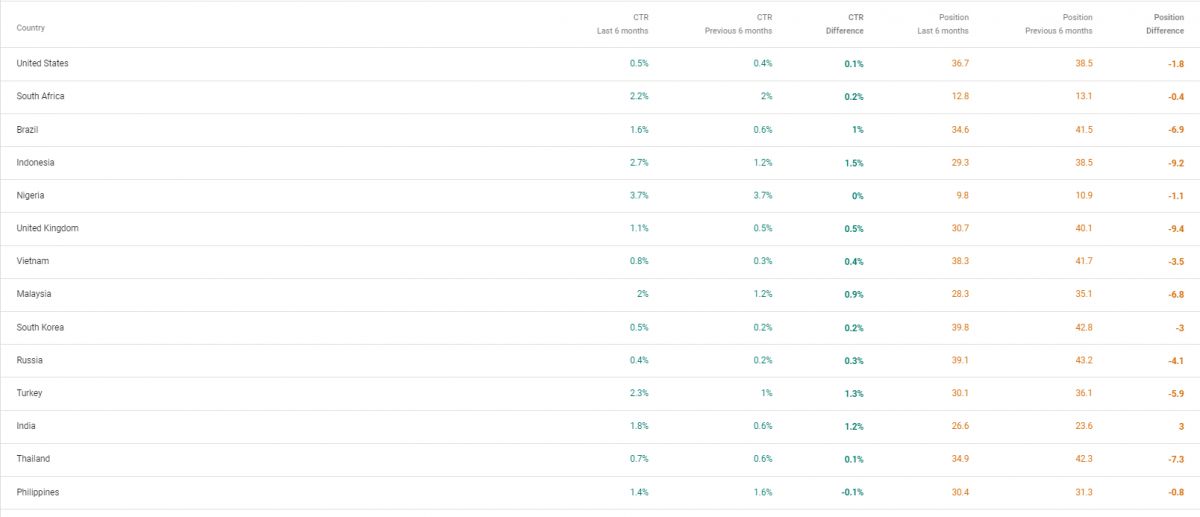
How to Perform Query Research for Different Languages and Regions for Multilingual and Regional SEO?
To perform query (keyword) research for different languages and regions in the context of multilingual and regional SEO, the methods below can be used.
- Use Google’s Keyword Planner with Localization and Language Filters.
- Use SEMRush’s Keyword Magic Tool for Different Locales and Languages.
- Use Google Trends for different regions with different host languages (user languages).
- Use Ahrefs Keyword Planner (Only for Countries) for different languages.
- Use Google My Business Performance Report for Different Regions and Local Search Queries.
- Use Amazon.com Keyword Research Tools for different Languages (For Products and Brands).
- Use Alibaba Official Keyword Research Tools for different languages and countries (For Products and Brands).
- Use Reddit Keyword Research Tools such as Highervisibility’s Keyword Research Tool.
By using these steps, an SEO can find the most important, relevant, and contextual keywords and queries for a multilingual and multiregional SEO Project and its website. For a multilingual and multiregional SEO project, keyword research should be done for products, movies, social media platforms, and even hashtags, or gifs. A holistic approach for SEO in terms of multilingual and multiregional sites is important to cover every surface of the web for increasing the organic visibility, and conversion rates by improving brand value.
To unite the multilingual and multiregional SEO, keyword research for different regions and languages can be done with the methods told above.

What is Inorganic Site Structure for Multilingual Websites?
Inorganic site structure is an asymmetric structure for a website in terms of the brand logo, web page layout, font style, topic, content structure, authors, brand identity, address, phone number, and more. Inorganic site structure for multilingual and multiregional sites can be seen within the design, language, or brand identity points. If a website has a different design for the English version, and an entirely new design for the German version, a Search Engine can perceive these two different sections as two different sites within the same domain.
Inorganic site structure is used widely within the black hat industries by renting some sections of a website via sub-domains, or sub-directories. Google, Bing, and other search engines started to detect inorganic site structures and prevent the websites from using subdomains and subfolders for different topics, or for different other brands.

Multiregional and multilingual websites with different designs, logos, topics, industries, or designs can suffer from the inorganic site structure. To prevent this situation, a multilingual website should always use the same brand identity elements such as logo, slogan, name and web page layout, and brand colors across different languages and regions.
The inorganic site structure guideline of Bing is designed for preventing websites from using inorganic site structures for creating link schemes. Thus, using the same brand identity, and layout, having a consolidated topic or industry for the website is important to not be demoted because of spam detection algorithms of search engines.

What is the Importance of Consistent Design and Topicality for a Multilingual Website in terms of Users and Trust?
Consistent design and topicality are important for a multilingual and multiregional website because if a user sees a different brand name, an entirely irrelevant topic, or an industry for the brand’s canonical version, it can decrease the trust of the user for the specific website. If a website with multilingual content uses different designs for different languages, it can increase the learning time for the website usability by decreasing the user experience efficiency of the website.
A consistent design and consistent topicality will help a website for having consistent topicality, user trust, and better usability.

What is the Importance of Symmetry for a Multilingual and Multiregional Website?
The ımportance of symmetry for a multilingual and multiregional website is that helping users and crawlers to find the most relevant alternate versions of the same content as is. If a multilingual source on the web doesn’t have a content German Version, but if it has a German Language Option within the website, a user can experience frustration since it might not find the relevant article.
Symmetry Gaps for multilingual and multiregional websites can decrease user satisfaction while increasing the missing content amount for a website according to competitors from different languages and regions.
Importance of Symmetry for a Multilingual and Multiregional Website in the context of Topical Authority
Creating a topical map for a topic with the Semantic SEO principles is important by understanding the named entities, their attributes, and qualifiers of these entities. Topical Coverage and Topical Comprehension will make a source gain better initial-ranking and re-ranking advantage via its improved topical authority. A multilingual and multiregional website with the missing content, and information, and factual relations can be demoted according to its competitors since it doesn’t cover the related entities and their query templates.
An asymmetric multilingual and multiregional website can also suffer from different types of quality issues. Hreflang tags share the PageRank, quality scores, and click satisfaction scores across the same source’s different language and region sections. Thus, a bad quality section of the website will affect the other section. Bad neighbor content will affect the other linked content in the search engine’s perception. Quality and non-quality features can be reflected for neighboring sections.
Because of asymmetry problems, a website can be demoted on the SERP, thus creating an asymmetric website is important for multiregional and multilingual websites. Even if the site is not symmetrical, at least the most important sections should be kept that way.

Different Effects of Canonical and Alternate Versions for a Multilingual and Multiregional Site
Section effect is the effect of a website’s section on that specific website’s SEO Performance. A website can have a good SEO performance for a section, unlike other sections. These two sections can affect each other’s performance, crawl delay, indexing delay, or PageRank distribution, and E-A-T (Expertise, Authority, Trustworthiness). But, a website’s section quality effect can be higher than other sections.
In this context, the section effect will be higher for the canonical version of a multilingual and multiregional website. Thus, usually, a multilingual website will have more crawl frequency, and better average position, more queries for the canonical version of the website. This situation is also related to the International Targeting tool of the Google Search Console.
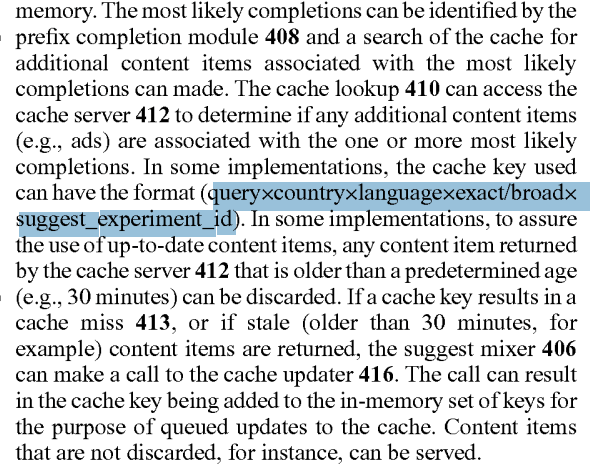
International Targeting for Multilingual and Multiregional SEO
International targeting is the tool of Google Search Console to help multilingual websites to target a specific region or language in a better way. If a domain has a Country Top Level Domain, the International Targeting of the Google Search Console won’t be able to be used since the domain itself directly targets a specific country and language.
How to Use International Targeting for Multilingual Sites SEO?
To use the International Targeting for Multilingual SEO, the methods below can be used.
- Use a country-level top domain.
- Use a localized IP with the canonical version of the website.
- Use localized external and internal references from the specified geographies and language sites.
- Use the main audience’s language at the homepage and the main URL path of the website.
- Using multiple domains with multiple Country Level Top Domains with cross-site hreflang is another method, but it would divide the authority of the website, and crawl efficiency, the relevance of the source would be divided.
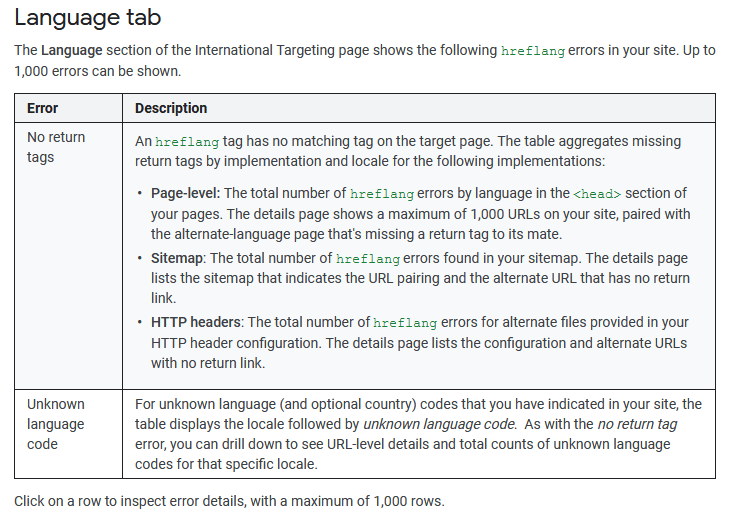
What are the Mistakes for SEO for Multilingual Sites?
The mistakes for the multilingual SEO for multilingual sites are listed below.
- Using locale-adaptive pages for different users from different geographies.
- Redirecting the users with JavaScript based on their IPs after they land a web page.
- Not having a canonical version of the multilingual website.
- Not having a homepage, managing a website has only subfolders for different languages without homepage content.
- Adding the sub-domains sitemaps to the main domain’s robots.txt file.
- Not adding the sub-domains to the Google Search Console.
- Not grouping the localized traffic based on different countries.
- Not performing log analysis for different sections of the website.
- Linking the other language and regional sections of the website more than the canonical version.
- Not having separate Robots.txt files for different subdomains.
- Using sub-domains, or separate domains, instead of the same main domain.
- Using different language and region codes between hreflang tags and URLs.
- Not using hreflangs at all for SEO.
- Using hreflang with the wrong region and language codes.
- Using hreflang tags with reciprocal hreflang links.
- Using relative links within hreflangs.
- Using conflicting hreflangs between HTML pages and sitemaps, or response headers.
- Using copied content for the different regions without any kind of localization.
- Not using internal links between the different regions and language sections.
- Not using a language, region change button with different URL paths within a visible place.
- Not using the same anchor texts or same count of internal links across different sections of the multilingual website.
- Not using external reference diversification.
- Not using social media for other languages.
- Using the translated content side-by-side with the original content.
- Hiding the actual language of the web page from users.
- Only translating the main content, and not the boilerplate content.
- Not using UTF-8 Encoding URLs.
- Relying on HTML Geography and Language Related Attributes such as “lang”.
- Not translating the information within the Structured Data.

How to Use Multiple Websites at the Same Time for Multilingual SEO?
Using multiple websites for the same topic, and the same brand for different languages and regions is a method that can be used for multilingual websites. International and multinational websites and brands use multiple languages and multiple domains based in different countries. Some of the brands that use multiple domains for different countries are listed below.
- Huawei
- Nike
- Samsung
- McDonalds
Using multiple domains for different regions and languages can be used with the help of cross-referential hreflang. But, if the brand name, website design, website page count, or content symmetry is not valid, these hreflangs can be ignored by the Search Engine as a mixed or misleading signal. To use multiple domains for the same brand’s multilingual SEO efforts, the methods below should be used.
- Across all of the multiple domains, the same logo should be used.
- All domains should mark each other with a valid hreflang tag according to their location and language information.
- All domains should use the same brand colors.
- All domains should use the same content for their alternate version.
- All domains should be marked as part of the same organization via structured data.
- All domains should have a localized Google My Business Account.
- All domains should be mentioned with the brand name, and from brand identity sources, these localized domains, and social media accounts should be used to help entity reconciliation.
- All domains should link each other for the alternate and equivalent versions of the specific content.
- Every domain should have a local server for the localized version to increase the Time to First Byte Score for the users.
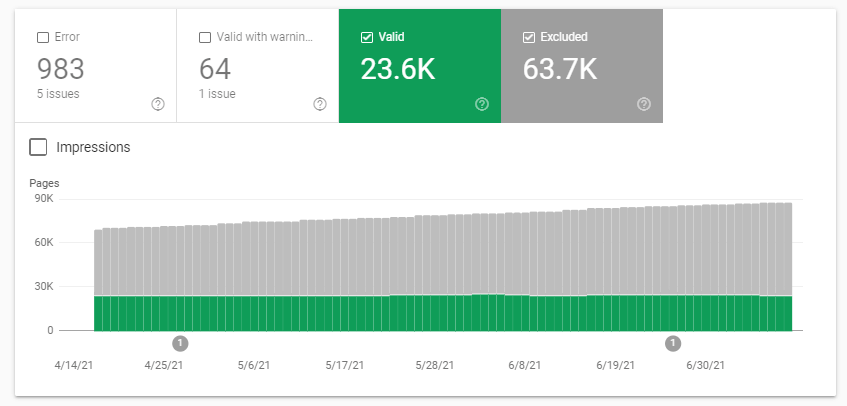
How to Use Multiple Subdomains for Multilingual SEO?
Multiple subdomains can be dedicated to the different regions, languages. In this case, the methods below should be used for multilingual SEO and multiple domains.
- Every subdomain should be internally linked to the main domain.
- Every subdomain should link to the alternate versions with the link text for the alternate version’s country, region, or language name.
- Every subdomain should use hreflang tags for the equivalent versions.
- Every subdomain should have the same brand logo, name, and topic.
- Every subdomain should have symmetry for the same content.
- Every subdomain should have different sitemaps.
- Every subdomain should have different robots.txt files.
- Every subdomain should have different Google Search Console Accounts.
- Every subdomain should have the same design, brand colors, and content.

Subdomains vs Subfolders for Multilingual SEO
Using subfolders or subdomains for multilingual SEO have a different level of advantages and disadvantages. For instance, a subdomain or multiple main domains is easier to move to another server or use a different CMS, front-end, or back-end language and infrastructure. A subfolder is more dependent on the main entity which is the source (web site) but also it is better for Topical Authority consolidation, PageRank flow, and entity-border understanding or prevents inorganic site structure situations.
Using subfolders is better than using subdomains for multilingual websites in terms of SEO because a Search Engine can follow the internal links better than external links. A link from a different subdomain or another domain will be counted as an external link. And, that’s why inorganic site structure is used in the past as a blackhat method. But, a subfolder will be considered as part of the website, and it will be perceived easier by the search engines.
A website with the subfolders for multilingual SEO will benefit from the social shares, external mentions, references, and historical data further. Since, all website subfolders are supporting each other directly, without a need for entity reconciliation, and understanding a brand entity with multiple sources.
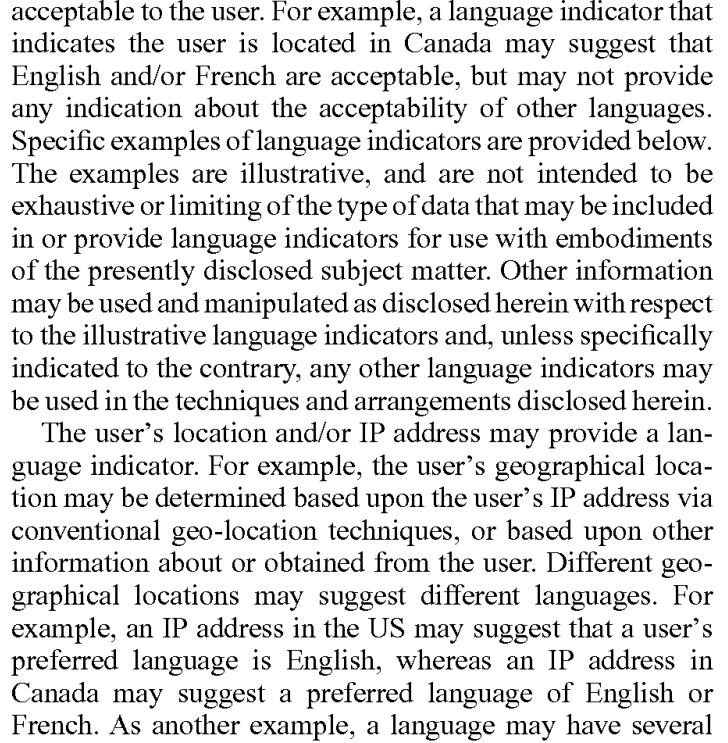
A comparison example for the subfolders, subdomains and multiple domains for the multilingual SEO is below.
Multiple domains for the same brand entity for multilingual SEO will create a need for entity-reconciliation. Entity reconciliation is the process of understanding a web entity, its identity, and borders. A search engine will try to see whether the mentioned websites belong to the same brand or not, even if they belong to the same source, their symmetry, quality, PageRank, authority, quality, and trust signals will be shared slower. And, due to the probabilistic ranking nature of semantic search engines, this entity-reconciliation process can be interrupted repeatedly. Thus, there are some examples that a multilingual brand entity on the web with multiple websites can win the broad core algorithm updates of Google for a couple of the localized domains while losing for others. This means that the brand entity couldn’t consolidate its entity identity for all these localized domains. Also, in some cases, it might be due to the localized quality and relevance threshold. For multinational companies, using multiple subdomains, or multiple websites for multilingual is not the best practice, but also it is useful to coordinate local developer and marketer teams for the localized website, for the united-domains, it might create a situation that all the international teams will need to be coordinated and organized.
In the comparison of multiple subdomains and subfolders, the same principles for multilingual SEO practices are valid. Multiple subdomains and multiple domains for multilingual websites or sources have similar disadvantages and advantages, but both of these options are not advantageous as subfolders.
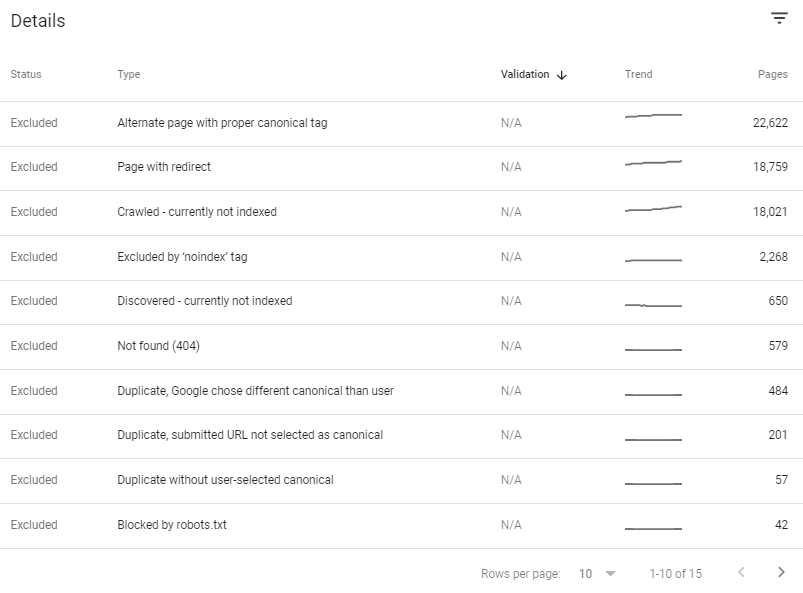
Benefits of Using Subfolders for Multilingual SEO
The benefits of using subfolders for multilingual SEO are listed below.
- Better entity and site border comprehension for Search Engines.
- Better PageRank distribution.
- Better quality and reliability shared between different versions. (Better section effect)
- Better crawl and indexing delay since all sources will consolidate all the authority to a single domain.
- Easier for search engines to understand and find the identity of the brand, and match the alternate versions.
- Better for users to navigate the different sections of the website.
- Avoiding inorganic site structure situations.
- Easier for search engines to crawl, and allocate crawling resources since they can see all sources within one domain.
- Easier to avoid the asymmetric sites, and missing content sections.
What are the Advantages of Multilingual Sites for Search Engines?
To understand the Multilingual and Multiregional SEO, understanding Search Engines’ perspectives is also important. Semantic Search Engines ignore the language differences based on entity-oriented search. A query might be different for different languages, but the concept and the possible intents, and related search activities are the same. Thus, a multilingual website is valuable for a search engine to gather data from different languages and regions. A multilingual website can benefit from being an information and historical data source for search engines.
If a website satisfies a search intent for a specific query from a specific language, it can also satisfy the same search intent for another language. Thus, quality signals and topical authority for an industry, or niche can be shared across different languages for the same site, and different sections of the website can support each other in the context of SEO. Multilingual sites can help Search Engines to understand the information on the web across different languages. A search engine always tries to improve its own knowledge base by recognizing real-world entities. Named Entity Recognition is the process of recognizing real-world entities on the web-based on the context of the content. Thus, a multilingual website helps a search engine to understand the named entities across different languages. An entity’s content, description, functions, or attributes can change based on languages and geographies, for instance, a pharmacy is an entity, and it sells cosmetics in the USA but it doesn’t sell cosmetics in Europe. Thus, a search engine can recognize these differences also based on authoritative sources for a topic across different languages.
The crawl Efficiency Effect of multilingual sites is another benefit for the search engines. Since all the content is symmetric across different languages and website sections, Search Engines will have the opportunity to find useful content across different languages. This situation would help a search engine to create better quality search engine results pages by spending less crawling resources.

Understanding the Advantage of Multilingual Sites for SEO and Search Engines
To understand the advantages of multilingual sites for multilingual search engines and SEO, two things below should be considered.
- PageRank Distribution thanks to hreflang: Hreflangs share PageRank and quality scores between the alternate versions of a document. That’s why keeping the content symmetric across different languages is important. Shared PageRank and Shared Relevance, Quality, and Reliability scores will help an alternate version of the canonical content to rank better. If a document from English is relevant for the query “apple”, its German equivalent also should be relevant for the same query from German. Thus, entities, relevances, search intent satisfaction possibilities will be shared, and the source will increase its Topical Authority across different languages and regions.
- Query Expansion: Query Expansion is the process of generating query templates across languages, and translating these templates into other languages to match the most relevant documents. If a document and a source from a website are authoritative and satisfactory for a query from a language, its alternate will be used for matching the same query. Also, if someone searches a Rare Query, the Search Engine might expand the query by translating it to find the most relevant documents. After the translation, the search engine can bring the most similar documents from the same language for the original Rare Query.
What is Language and Region-Based Authority for a Website?
A website’s authority and quality scores might be higher for a language than other languages. It might be related to the canonical version of the source, or satisfaction level for users, quality signals for users, and referential IP locations. Some examples of region-language-based authority differences are below in the context of Multilingual SEO.
- A website from South Africa can have better authority for South Africa despite 41 other language versions.
- A website from South Africa can have better authority over the USA if it has more references from the USA located IP addresses.
- A website from South Africa can have better authority over the UK if the users use more navigational queries for the same source.
- A website from South Africa can have better authority over France if the website’s canonical version’s IP is located in France.
- A website from South Africa can have better authority for Turkey if the website’s canonicalized version is for the “.tr” domain extension which is Turkey’s country-level top domain extension.
- A website from South Africa can have a better authority for Greece if the authors of the website are from Greece.
- A website from South Africa can have a better authority over Germany if the website’s main traffic source is from Germany.
- A website from South Africa can have a better authority for the German Language if all of the related external anchor texts are from the German Language.
To understand the Language and Region-Based Authority, the Traffic and Reference Diversification Methods of the Search Engines should be understood. Matching a user’s query to a document is as important as matching the users’ segment to the document’s source’s segment in terms of language, geography, or tonality.
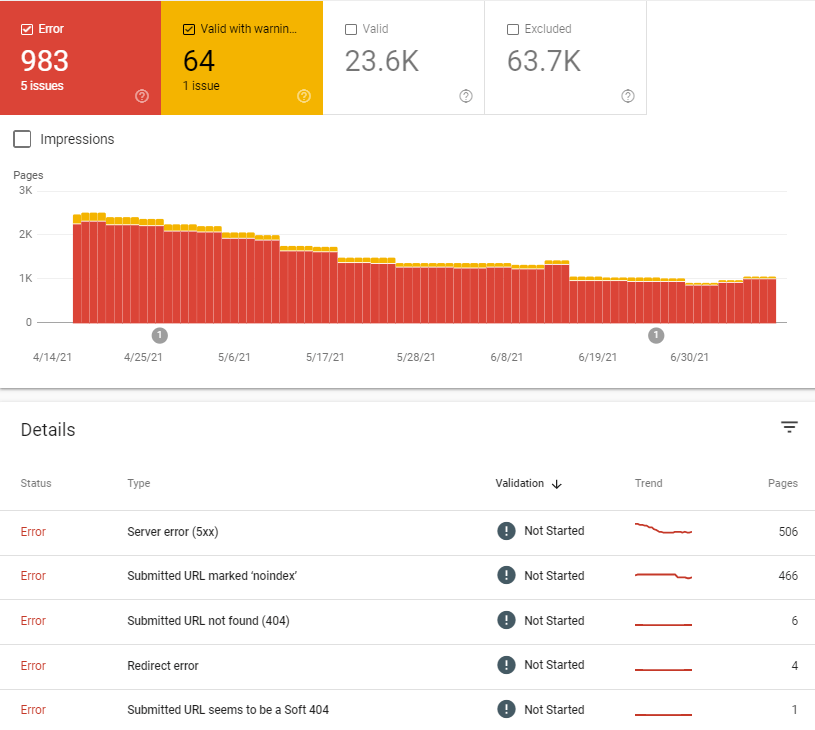
How to Audit Authority of a Website for Multilingual SEO?
To audit a website’s authority for different languages and regions, the methods below can be used.
- Auditing the query count for different languages and regions.
- Comparing the sources’ rankings for the primary competitors for different languages and regions.
- Auditing the initial ranking scores for the same source based on different regions and languages. If a source has a better initial ranking for English, while a lover’s initial ranking for the German language, it means that the source is associated with the English queries more.
- Auditing the re-ranking scores of the source for different languages. If a source is ranked initially at the 5th rank for a query for a language, while 10th for the same query from another language, and during the reranking process, if the 5th ranking position increased to the 4, while the 10th ranking decreased, it means that the first language is more close to the source.
- Auditing the log files for different regions and languages. If Google crawls the English version of the site more than the German version, it means that Google values the English version of the site more.
- Auditing the indexing and crawling delay for the different sections of the site based on language and region differences. If the website is able to index English content is always later than the German content, it means that the Search Engine cares more about the English version of the source.
- Audit the rankings of the website based on language, region, and user-agent differences for different languages, and regions at the same time. Use Seed Queries and important concepts to see authoritative sources, and analyze these sources’ references and content profiles.
Note: To make Search Engines’ job easier to crawl a multilingual website, use the same CSS, and JS sources across every language version, and do not use JavaScript injected links for navigating to the alternate language versions of the same website.
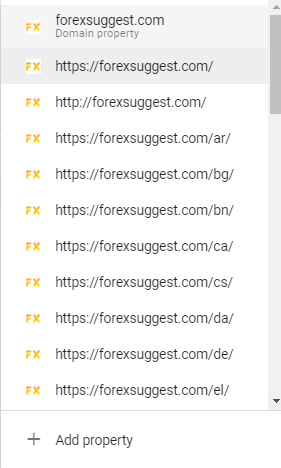
What is Audience Diversification for a Search Engine?
Audience diversification for a Search Engine is the process of diversifying the traffic, reference, and queries for a source. If a website with a multi-language and multi-region doesn’t have enough diversified audience, references, or mentions, it might harm its performance for different regions and languages.
Despite search engines sharing the quality, reliability, and relevance across different languages, and regions for multi-regional and multi-lingual websites, still supporting these shares with traffic, reference, and better relevance is important. Search Engines’ purpose to audience diversification is to see where the source is more popular, and satisfactory, and to help the quality of the SERP.
To diversify the traffic and audience, a multilingual website can use localized social shares, public relations, mentions, external link references, and better comprehensive factual content writing according to the localized competitors.

What are Regional and International References for a Search Engine?
Regional and International References are the references for a source’s quality in a negative or positive way. References and their types can be found below.
- Brand Mention
- Author Mention
- Product Mention
- Naked Links
- Inferred Links
- Ahref Links (Hypertextual Links)
- Directories
- News
- Indirect References
- Social Shares
- Comments and Sentiments
Indirect References are the references that are taken via another source, if an author is connected to a source, and if another source is referencing the author, this situation might help the author’s source too in the eyes of the search engine.
The importance of these references for a Search Engine is to see the living dynamics of the web. A source can be reliable for a language, but it doesn’t mean that it will be also authoritative for another language too. In this context, to consolidate and create an overall quality and authority for a concept, entity, or topic for a source, the search engine will need to take the international and regional references into account.
A source can be authoritative for the United States and the United States English, but it doesn’t mean that the website will be able to satisfy a user from Australia. Thus, according to the industry, query, search intent, locality, and language-based differences, the international references will be used more.

Why is Multilingual Search Crucial for a Contextual Search Engine?
Multilingual Search is crucial for contextual search engines because every user from a different region can search slightly different things with the same concepts, or even the same queries. If the query has any kind of local search intent or local search feature, the search engine will focus on the source’s address, and the landing pages’ purpose and service area, or shipping area.
Contextual Search focuses on different user signals such as user device, user device language, browser language, browser type, user location, day of the week, time of the day, weather conditions, or even users’ workplace, or home address. Thus, ranking a source across different languages and regions is more tricky for a search engine. Because of the informational authority, a contextual search won’t rank a source for a local search intent higher than a local business. To optimize a website for multiple languages and multiple regions for SEO, an SEO should focus on different contexts based on user-related signals.
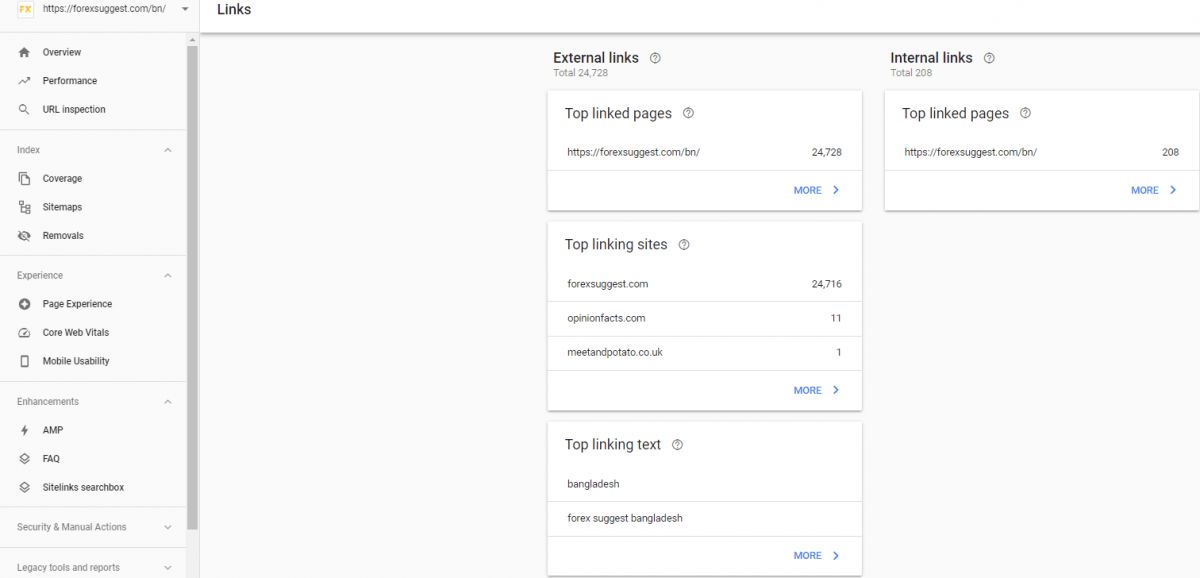
Hreflangs can share PageRank, Relevance, and Quality Scores between alternate versions of a web page. The main purpose of sharing PageRank, quality, and relevance scores between different alternate versions is to satisfy the users with more comprehensive and reliable sources. For quality scores, the “Appealing Breadth” of a website is important. If a website appeals for more relevant topics, or more languages and regions, it will be more authoritative and useful for users and search engines.
Thus, a quality web page will share its quality with the alternate version. Across different website sections, web pages, and regional language sections of the website, the same source will share the PageRank, Quality, and Relevance scores.
Search Engines’ purpose to share the quality and PageRank across alternate versions is to give the quality web pages an advantage across different languages and regions to create a better quality SERP instance.
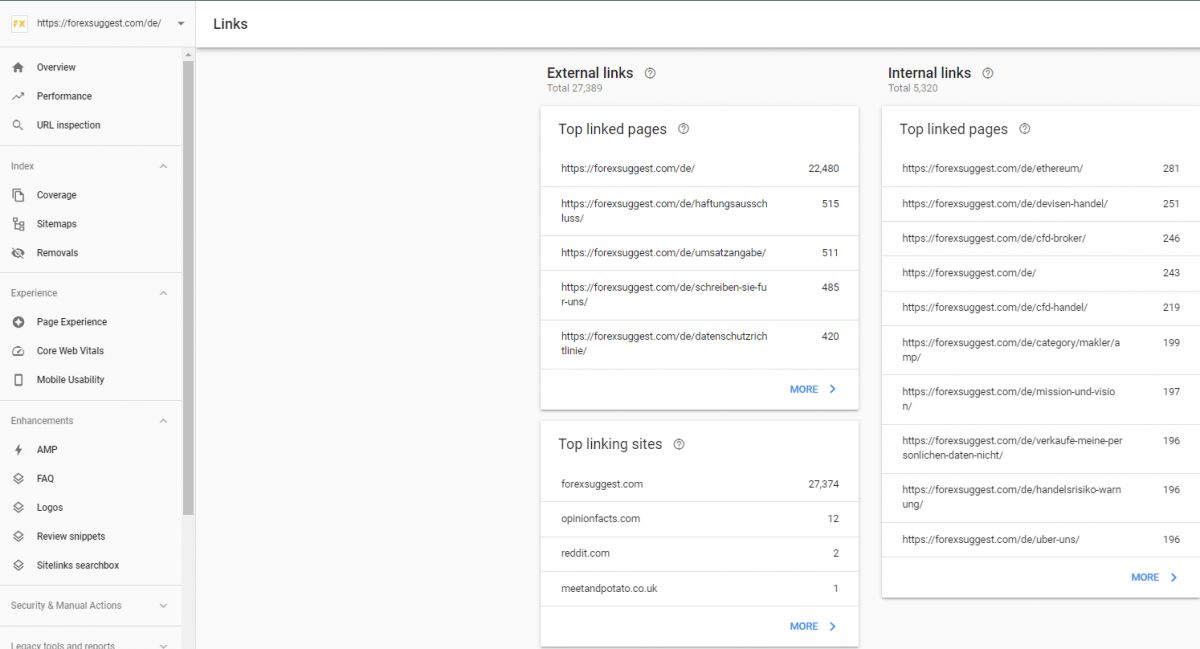
How to Use Hreflang for Multilingual and Regional Websites?
To use hreflang for a multilingual and regional website to make a website’s different language and regional sections share relevance, quality, and PageRank scores, use the examples below.
An example of the hreflang usage for a multilingual and regional website is below.
- This is the website’s “<link rel=”alternate” hreflang=”de-DE” href=”example.com/de/example-content”/>”
- <link rel=”alternate” hreflang=”en-US” href=”example.com/en/example-content-en”/>
Using hreflangs from multiple sections of the source in a consistent way is useful to increase the confidence and explorability of the alternate versions. To make URL Explora
To learn the usage of hreflang for SEO, read the related guideline.
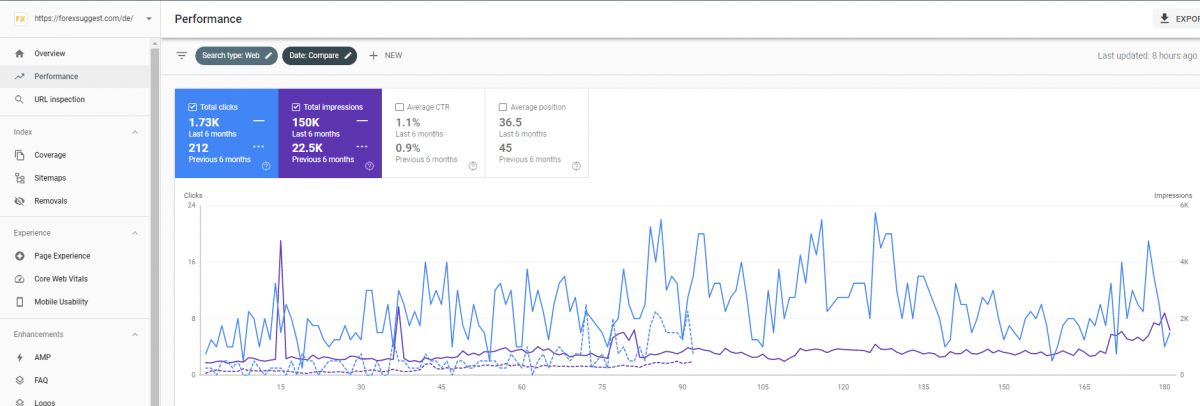
What is the Quality Score Assignment Effect of Alternate Versions?
Quality Score Assignment Effect for Alternate Versions is the process of assigning a quality score to the alternate language versions of content based on hreflang tags. This is different than Section Effect. Section Effect is used for specifying the effect of a specific website section for all sources, while Quality Score Assignment Effect is valid for different versions’ quality. Since, the hreflang tags share the quality, PageRank, and relevance for different alternate versions, every version’s overall quality will affect the other alternate versions.
If the canonical version of the alternate versions is relevant for a query template such as “X Types”, or “X Kinds”, the alternate versions will be also assumed relevant for the same query template. But, if the alternate versions don’t have the same content, entities, or information as the canonical version, the search engine won’t share the quality and relevance between these different versions, since they are actually not exactly alternate versions. Content differences between the multilingual and multiregional versions will be tolerated if the content is localized based on the context. Some sections of the content may not be relevant for every country, or every language, these sections can be cleaned, but as long as the content makes sense, they should be symmetric.
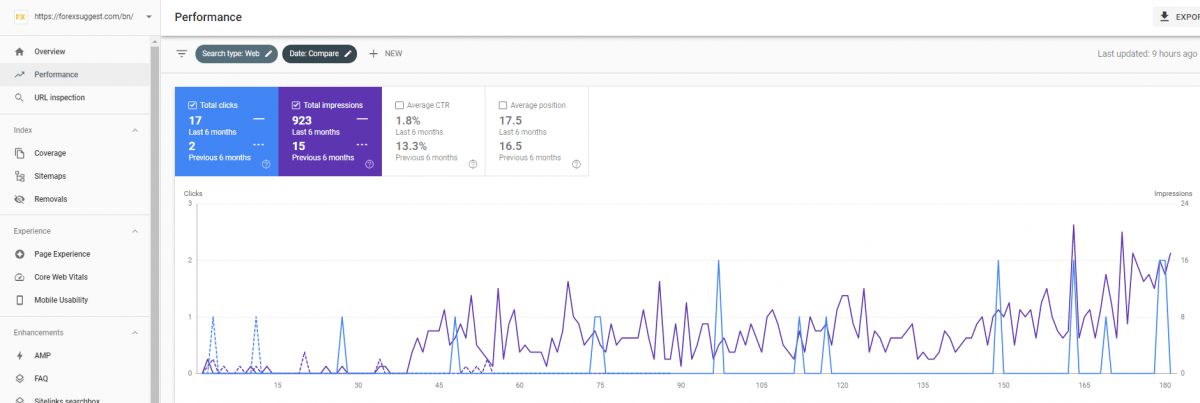
Importance of Full Translation and Localization for Multilingual Sites
If the canonical version of content is relevant for a query, search engines will assume that the same query is relevant for the alternate versions. If the alternative version is not relevant for the same query, in this case, the asymmetry and content gap between the alternates will harm the integrity of the multilingual and multiregional content. An example of the importance of full translation between alternate versions can be found below.
A web page that is relevant for the “railroad car” should be relevant for the same query with different language versions. If it is not, it means that the alternate version is not exactly the alternate. And, the search engines can’t rank the same page for every alternate language.
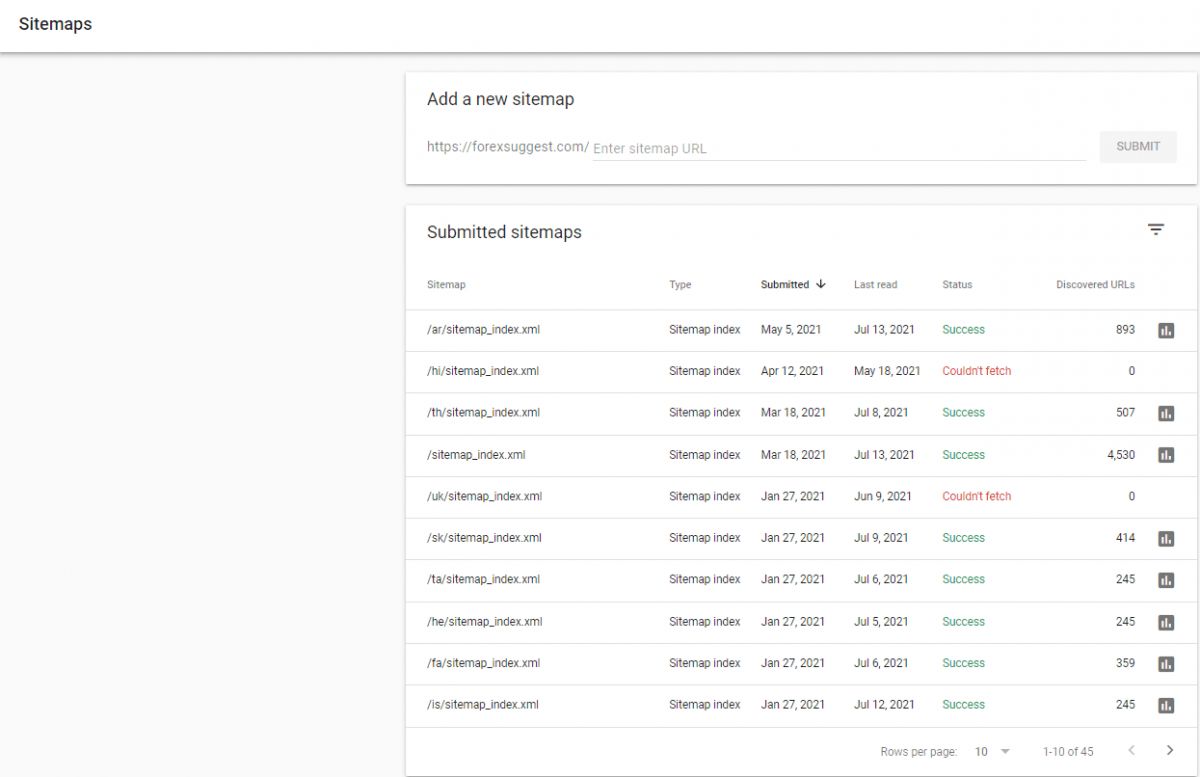
What is Query Expansion for a Search Engine in the Context of Multilingual SEO?
Query Expansion is the process of translating a query by the search engines to satisfy the users with the most relevant documents. If there are not enough relevant web documents for a query in the index, the search engine can expand and rewrite the query by translating it to take the most authoritative documents from other languages. These documents will be used to find similar documents from the query language, or the sources of these documents will be used for these languages if it is possible.
Multilingual SEO can take advantage of Query Expansion. Since, all the alternate versions feed the search engines’ information extraction algorithms, and satisfy the users, the search engine can use the multilingual sites for other languages and rare queries to satisfy.
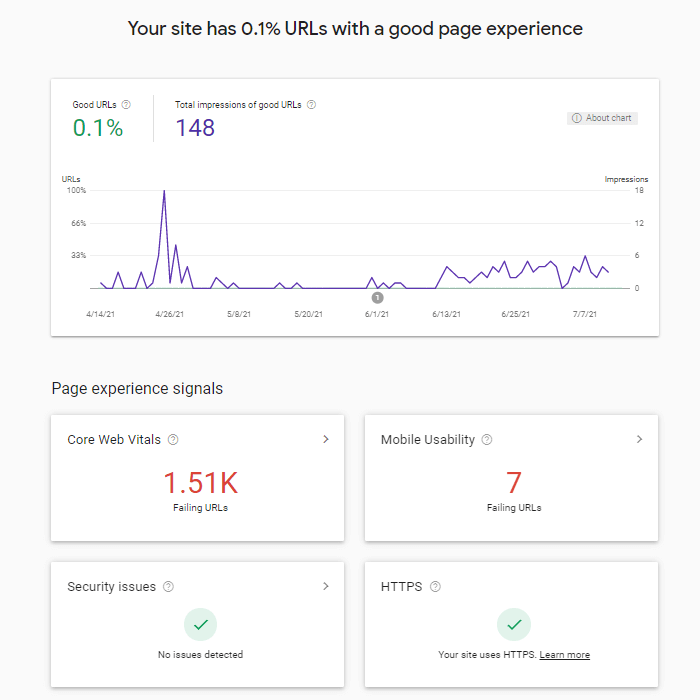
What is the Connection between Multilingual and Semantic SEO?
Hreflang Tags make a multilingual website semantic. It marks all of the alternate versions semantically, and a search engine can find the other sections of a website easier. Semantic SEO is built on Semantic Web and Semantic Search Engine. A search engine can find semantically translated and distributed documents based on different languages and regions.
Thus, Semantic SEO principles are used for Multilingual SEO. Multilingual SEOs help with Named Entity Recognition and enlarging the Knowledge Graph of Google for different languages in a semantic content structure.

How Does Multilingual SEO Affect Named Entity Recognition?
Every named entity has the same name across every language, but they can have localized attributes, or some attributes can be more important for some regions. Also, some entities are more popular for some regions while other entities are more prominent for other topics, industries or languages, and regions. To help named entity recognition systems of a search engine, a multilingual website can feed search engines’ named entity recognition systems. A search engine can learn more things about Namibia via a local website, or an authoritative multilingual website. To learn the entities related to a country, a search engine will need to use different NLP algorithms for different languages.
Thai Language, Arabic Language, and Turkish have different language rules and alphabets. Thus, to understand these languages and alphabets, the Search Engine will need to tweak its Natural Language Processing algorithms. And, a website from the South America Continent can teach different things about Namibia than a website from Australia. Because every location will approach an entity from its own angle with other named entities.
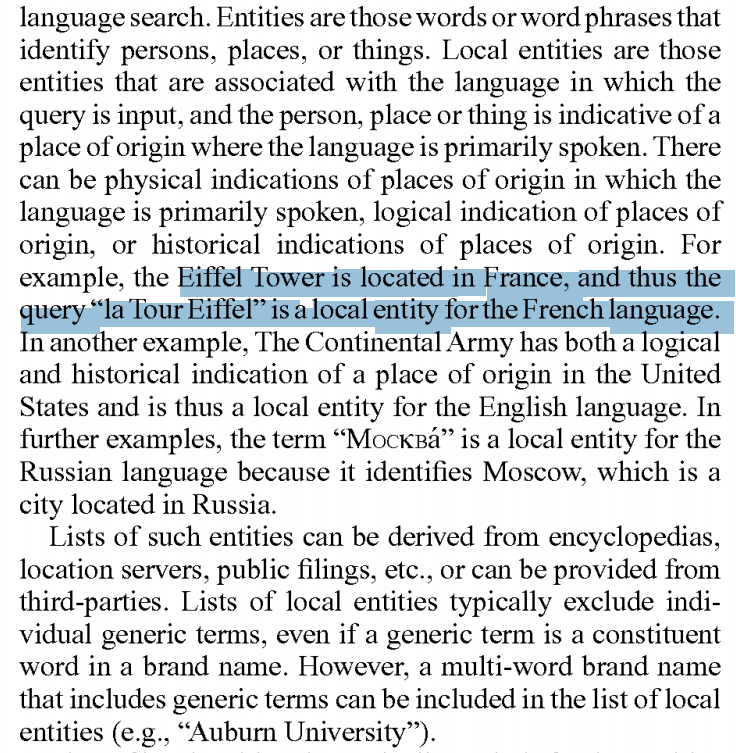
To create an ontology, and taxonomy across different languages for all the named entities, search engines will need to improve their NLP Algorithms, and multilingual SEO is helping search engines to recognize these entities. Creating clear and understandable content for search engines across different languages is useful to help search engines to learn more facts about these entities.
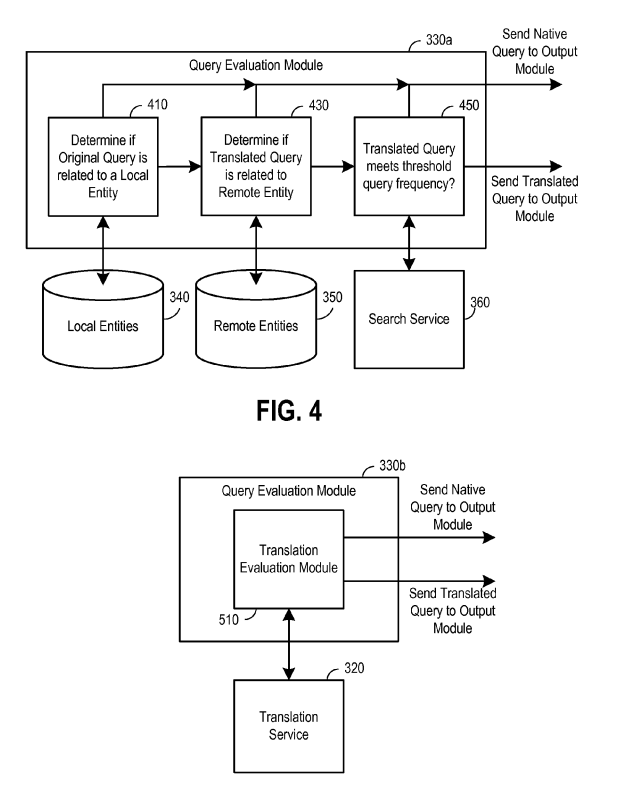
How Does Multilingual SEO Affect Topical Authority of a Website?
A topical authority is a process of making a web source authoritative for a specific topic by covering every related entity, side context, and information for a topic. To acquire topical authority, understanding sub-topics, and topical connections are important. Implementing the same process across different languages is useful for search engines to improve the quality of the SERP.
A website that covers a topic in a comprehensive way, will become an authority on the topic. If the same website covers the same topic across all the languages, it will be more authoritative for the same topic since it has more historical data, and user and click satisfaction instances in the eyes of search engines. Thus, using multiple language SEO strategies can also help with the main language rankings for a website. To learn more about Topical Authority, read the related guideline and case studies.

What is the Importance of Design and Internal Link Consistency for Multilingual SEO?
If a subdomain or multiple domain websites doesn’t link the main domain, or other alternate versions in a consistent way, search engines might not relate these domains to each other based on language and region differences. Every alternate version should link the canonical and other alternate versions with a language, and region change button from the top of the webpage. And, every design change or layout change can affect the integrity of the website across different languages and regions in a negative way.

Using the same design, and using internal links between the canonical and alternate versions to connect and match them to each other is important for increasing the integrity of the website. A website with higher inter-connectivity can acquire better average rankings for other regions, and languages too.
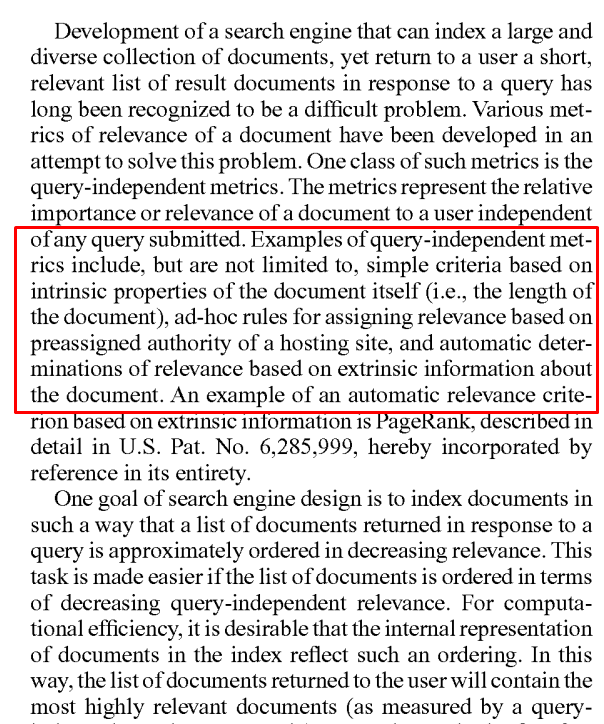
Importance of Link Flow for Multilingual Websites
Link flow is the general direction of links between different web pages, or websites. Link flow can define the navigational direction for users and crawlers in a generalized way. If the link flow is from a website section to another section, it means that the link flow target has more importance, crawl frequency, and function for the source. PageRank Flow will follow the link flow, thus having a consistent, and meaningful link flow for multilingual websites is beneficial to give consistent signals. If a multilingual website doesn’t link its canonical version more than non-important sections, or non-popular, non-comprehensive sections, the internal links’ signals for the search engine might not carry a meaning to understand the canonical and important version of the source.
- Linking the canonical version more than the alternates.
- Linking the important sections more than non-important sections across languages.
- Creating a link flow with a context, not with just quantities.
- Using link flow for popular sections, and topically central sections

Importance of Content Publication Frequency and Size for Multilingual Websites
Content publication frequency and content publication size are important to give activity signals to the search engines’ algorithms. A static source from a search engine might not be perceived as a fresh, dynamic, and improving website for a topic. For multilingual SEO and websites, content publication frequency is also important across different language sections. If a multilingual and multiregional website’s canonical version doesn’t include enough content according to its alternate versions, or non-popular versions, it means that the website is canonically weak and completely asymmetric. If the content publication frequency is high for alternates, but low for the canonical version, or if the search engine can find the equivalent content for the canonical version while it can find the same content for alternates, the intended audience might not be associated with the canonical version of the multilingual website.
- Publish content first from the canonical version of the multilingual website.
- Content publication frequency should be more than the alternates for the canonical version.
- Popular, and topically central sections should be covered better, and more frequently than the non-popular and less relevant sections.
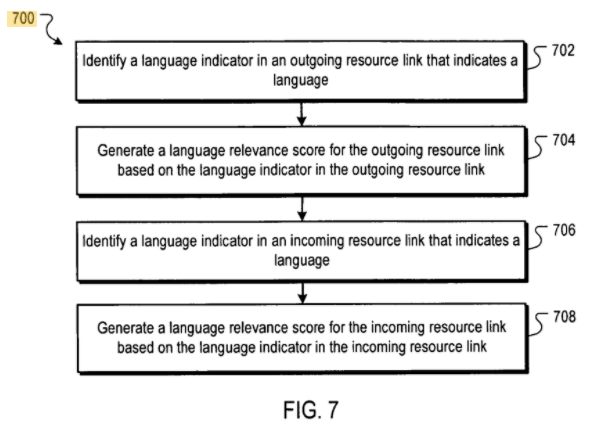
What is the Importance of Content Similarity and Comprehensiveness Across Different Languages for Multilingual SEO?
The content similarity is the similar string and information count between different versions. Content similarity can be affected by the sentence structure, and also content section order, length, or included entities, attributes, and facts. Comprehensiveness Across different languages is the process of making a website comprehensive for every language for the same topic. It is related to the Topical Authority, but using the same section order, sentence structure, facts, and attributes is important to match this content.
A normal translation between the different languages for the same content might not be perceived as similar and comprehensive at the same level. A translation for a language might be bad, and Quality Assignment Effect for Alternate Versions and Section Effects can create a problem for the source. To prevent this situation, the content should include the same facts, prepositions, entities, entity relations, attributes, questions, and headings across all the languages, and it should protect its comprehensiveness.

What is the Importance of Language Change Transition for Multilingual SEO?
Language Change Transition is the process of transition or navigation between different language versions of a website for a specific content piece. If a user reads the “cat anatomy” from the French version of the website when they use the language change button from a visible point for the English language, they shouldn’t be navigated to the “cat features” article. The title, description, and headings, heading count, the order should follow the same order. And, finding the language change button shouldn’t be hard.

What is the Importance of External and Internal Anchor Texts (Link Text) Across Different Languages for Multilingual SEO?
Link text or anchor text is important to create relevance and thematic expression of the document’s purpose. External and internal link texts can have different proportions in terms of language differences. Thus, a search engine can check the anchor text count, anchor text words, anchor text convenience, and accuracy to see which language is more relevant to the source.
A source can have German Language external link texts for a section of the website, while British language external link texts for another section. Thus, these sections might be assigned to different levels of relevance and contextual search satisfaction for different user segments based on demography and geography differences. In the multilingual SEO process, comparing the internal and external anchor texts, and their language differences in terms of quantity, and quality is important.
To learn more about the anchor texts, read the related guideline.
What is the Importance of Diversified External References and Mentions for Multilingual SEO?
Diversified External References and Mentions are the diversifying the external link, mention, and reference points in terms of demography, language, and region. Audience Diversification is a process of Search Engines, External Reference Diversification is a process of Off-Page SEO. Like in the Anchor Text Language Comparison, the external reference location, language, IP Address, source, and source authority, the frequency can affect the multilingual website’s association with a language, and authority for the queries from these languages along with the topical relevance and authority.
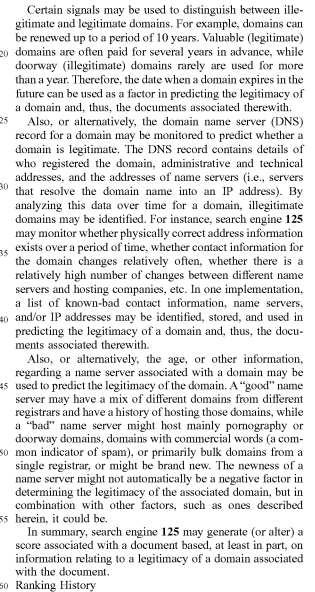
What is the Importance of Regional and Language-Based Symmetry for a Website in terms of Multilingual SEO?
Symmetry for a Website is equalized to the different region and language sections of a website in terms of content, links, and web page sources. The symmetry of a Website is different than the complete translation and comprehensiveness. The symmetry of a Website includes also JavaScript, CSS, Image, and Font files of the web page documents, internal link count, anchor texts, typography, and tonality of the content, or authors.
The symmetry of a website is important to make a website more crawlable and matchable across different languages and regions in terms of SEO. If a section of a website for a language has 150 internal links per webpage, while another section has only 50 internal links, or anchor texts can’t be translated to each other, or some sections have more JS, and CSS files, the crawlability, and matchability will be harder for the search engines. Keeping every section symmetric will help search engines to crawl, index, and rank the alternate versions easier, without extra cost.

What is the Importance of Multilingual Social Media for Multilingual SEO?
Social Media for a Multilingual SEO Project is the creation of a community and engagement across different languages. If a source doesn’t have any social media share for a language from the social media while it has plenty for another language, might signal that the popularity of the source for that language is not high.
In this context, a multilingual SEO project should use the translated hashtags, social media accounts, and social media shares, and it should create proof of community, and engagement for every language and audience. If a source has a better social media presence for a language, it might strengthen the source’s presence on the organic search ecosystem with better surface coverage on the SERP, and better popularity signals.

What is the Importance of Multilingual Schema Markup Consistency for Multilingual SEO?
Multilingual Schema Markup Consistency is the process of using the same schema markups for different language sections of a website. If a website uses different schema markups across different language and region sections, it will harm the perception of the web page’s purpose and identity.
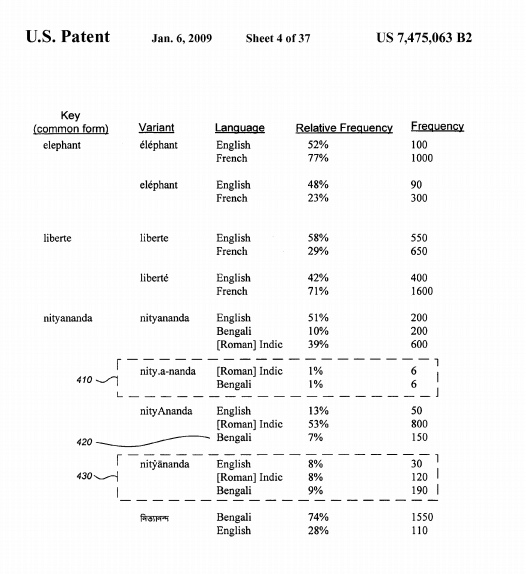
An FAQ webpage from Germany shouldn’t turn itself into a Product webpage in English. Thus, giving consistent signals across every language across every possible relevance, quality, and reliability signal point to communicate better with Search Engines is important for multilingual SEO. In this context, also stating the alternate versions with the schema markup is possible, using these sections will help a Search Engine to relate the hreflang’s consistency better.
Giving the same signal across different surfaces with consistency will help a search engine to explore the same information with different algorithms and it will process the same information faster, with a higher confidence level.
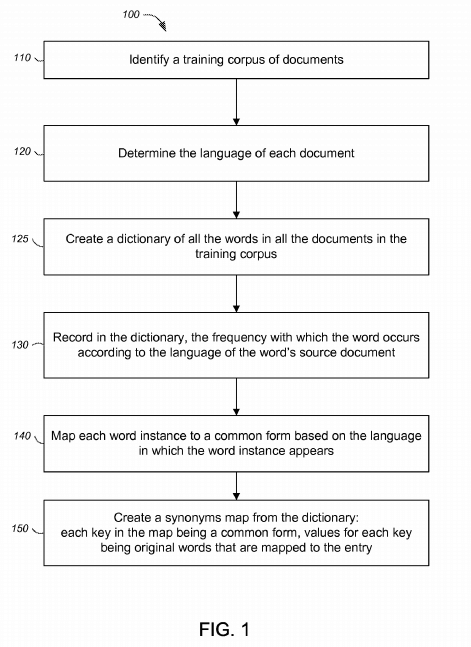
What is the Importance of Sitemaps and Sitemap Hreflang for Multilingual SEO?
Sitemaps are important to keep all crawlable and indexable URLs within a list with extra information such as the last modification date. In this context, stating the alternate versions within the sitemap files will help a search engine to match the alternate versions to each other and explore the alternate language versions faster. An example of usage of hreflang within the sitemap XML file is below.
<?xml version="1.0" encoding="UTF-8"?>
<urlset xmlns="http://www.sitemaps.org/schemas/sitemap/0.9"
xmlns:xhtml="http://www.w3.org/1999/xhtml">
<url>
<loc>http://www.example.com/de/example-category</loc>
<xhtml:link
rel="alternate"
hreflang="tr-TR"
href="http://www.example.com/de-ch/example-category"/>
<xhtml:link
rel="alternate"
hreflang="de-CH"
href="http://www.example.com/sw-deutsch/example-category"/>
<xhtml:link
rel="alternate"
hreflang="en-US"
href="http://www.example.com/en/example-category"/>
<xhtml:link
rel="alternate"
hreflang="de-DE"
href="http://www.example.com/de/example-category"/>
</url>
Benefits of Multiple Sitemaps for Multilingual SEO
The benefit of multiple sitemaps for a multilingual website for multilingual SEO is to make organic search performance analysis easier by segmenting the coverage report within the Google Search Console. Having multiple sitemaps for every different language and region section will give a chance to group and filter the URLs from every different language and region section of the multilingual website. Thus, understanding the indexing issues, mixed-signal problems for indexing, or crawling-related problems will be examined easier by SEO. Having multiple sitemaps for multilingual and international websites is useful to create smaller sitemaps. Smaller sitemaps can be downloaded more frequently by the search engines, and they can help for the increasing the indexing efficiency and indexing speed for multilingual SEO.

Benefits of Having Multiple Google Search Console Accounts for Multilingual and International SEO
The benefits of Multiple Google Search Console Accounts for multilingual and international SEO are to make easier the organic search performance report, links report, page experience report, and structured data report analysis easier within the Google Search Console. Having multiple search console accounts will help to group and filter the organic click, impression, CTR, and position data for every language and region. Cannibalization problems across close languages, regions, or similar content, indexing problems, page speed improvement for structured data warnings, internal and external link usage, and anchor texts can be analyzed and used further to deepen the international SEO Analysis by built-in data filtering via multiple Google Search Console Account.
Creating a different Google Search Console Account for every subfolder is possible, along with for every subdomain, or main domain in terms of international SEO. For the Multilingual and International SEO Case Study, 41 different Google Search Console Accounts have been used for 41 different subfolders of different languages.

What is the Effect of Hreflangs within Response Headers for Multilingual SEO?
Hreflangs can be added to the response headers to tell about the alternate versions of a document to the search engine in the context of multilingual SEO. Response Header Hreflang usage has advantages because it prevents making HTML Documents larger, and it is faster to convey the Hreflang to the requestor, or client. Since it is coming directly from the server, it will be perceived faster, even if the HTML Document is not parsed directly, still, the search engine will be able to find similar sections.
Giving the hreflang information from the response headers is useful to increase the search engines’ confidence scores for specific information or factual prepositions. In this context, sitemap and response header hreflangs shouldn’t be conflicted with each other.
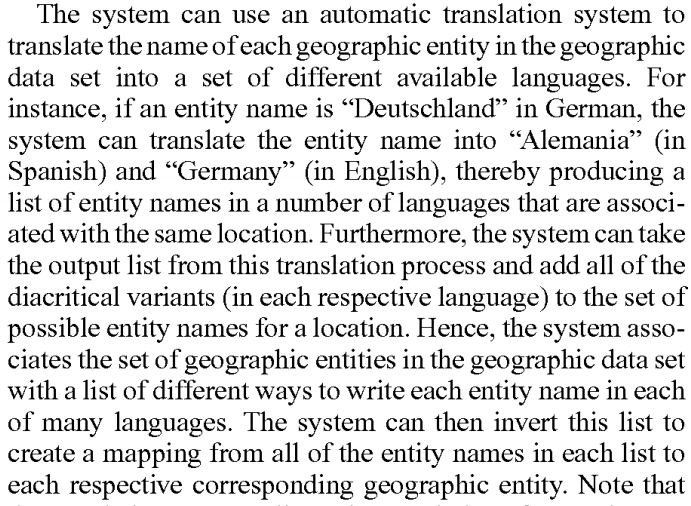
What is the Effect of Missing Hreflang Tags for Multilingual SEO?
Missing hreflangs can make it harder to find alternate versions of a document for a Search Engine for different languages or regions. Missing hreflang usage can affect the crawl efficiency, PageRank Distribution, overall relevance, and quality of the website. Missing hreflang usage might affect the indexing and crawling scheme and frequency of the search engines for a multilingual source. Not adding hreflang tags for a different language and region sections of the search engines might harm the SEO Performance of the multilingual website. Missing hreflang sections within the website can decrease the overall quality score and search engine friendliness of the website, having conflicting signals, or missing signals might create extra costs for the Search Engines to understand the source.
Instead of hreflangs, a search engine can try to use the internal links, but this process might not be healthy as the hreflangs, and because of this situation a rotation of indexing problems can create a loop of deindexing, and ranking change routine.

What is the Importance of Crawl Efficiency for Multilingual SEO?
Crawl efficiency can affect the indexing quality of the website. If crawling and indexing a website is too costly, and if the multilingual content is not useful, relevant, or not symmetrical, it might affect the indexing process of the website by affecting the overall authority of the website. Since a multilingual website is larger than a monolinguistic website at least 2 times, it means that indexing and crawling these pages are more expensive. Since most websites try to use auto-translation technologies to decrease the cost of the multilingual website creation process, search engines are more sensitive to multilingual websites. Google uses machine learning while crawling the websites, if the content is quality for a section or source, Google will crawl the related section more frequently by spending more resources. The same situation is valid between different language sections of a multilingual website. If a language section is a quality, Google will crawl other sections with better confidence to find quality content for different language audiences for the same topic.
Thus, creating the ultimate efficiency for crawling, and indexing a multilingual website by decreasing the cost is crucial. To learn more about indexing SEO, you can read the related guideline and SEO Case Studies.
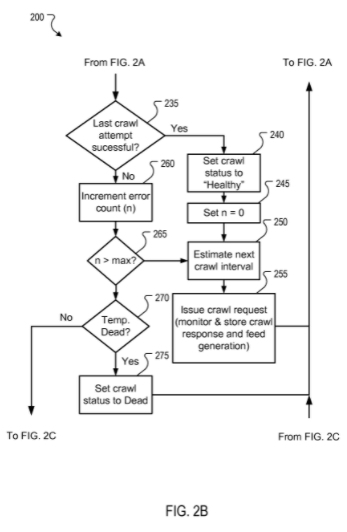
What is the Effect of Clear HTML Structure for Multilingual SEO?
Clear HTML Structure is important to crawl multilingual websites as other types of websites. A flawed, fluffed, and costly HTML structure can cause partial indexing or delayed crawling. In the Google Search Console Coverage Report, that’s why there are two sections for the “explored not crawled”, and “crawled not indexed”.
“Explored not crawled”, and “crawled not indexed” warnings within the Google Search Console can be signals for the quality and crawlability issues. A web page can be quality, but it doesn’t worth the crawling cost, still, it will be clustered as non-quality. Thus, a light HTML Structure is important to give more space to the main content of the HTML Document and make the hreflangs clear to the search engines.
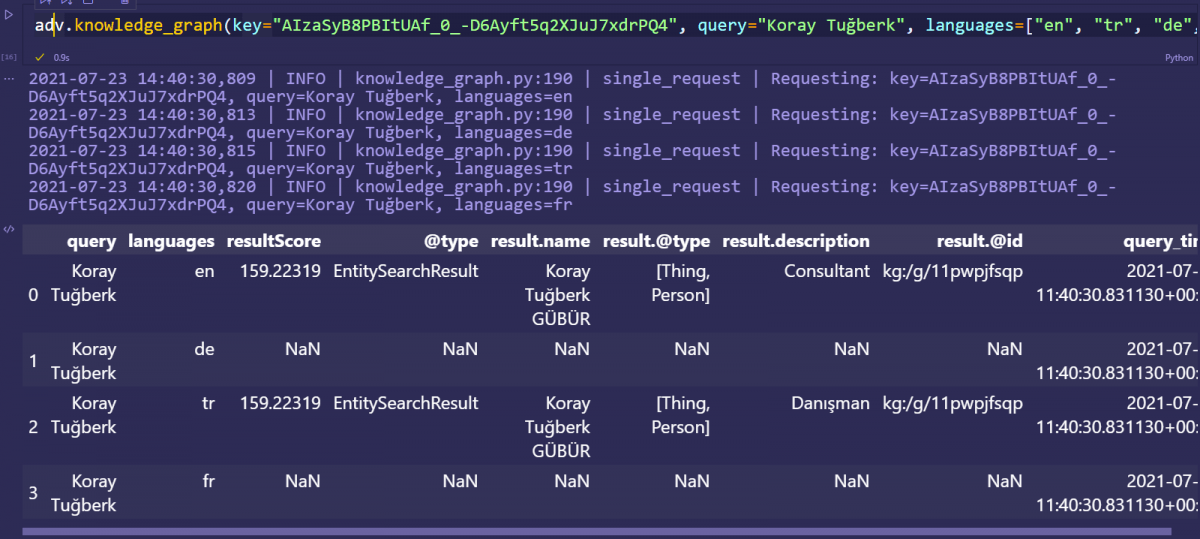
What is the Importance of Local Servers, and CDN Servers for Multilingual SEO?
The importance of Local Servers and CDN Servers is related to the Time to First Byte for Multilingual SEO. Since, multilingual SEO focuses on different languages and audiences across different geographies, having multiple servers across every different country is important. A localized IP Address and local server can help a search engine to associate the specific section to the specific geography and language while helping users to connect and download the resources of the website faster.
The benefits of local servers and CDN Servers for Multilingual SEO are listed below.
- Having a localized and personalized IP for every locale.
- Serving the content to the users across different geographies from different languages faster.
- Making search engines crawl the website faster for different geographies, despite Google usually using USA-based user agents, it can also crawl a website from different countries.
- Making the association of the website sections for the different locales easier thanks to the localized IP Addresses.
- Matching the external reference IP countries and the reference target’s IP addresses, as much as the language of the external reference and the website section is important.
You can read the related guidelines below for CDN Servers and Time to First Byte.
What is the Importance of Authors, Publishers, or Brand Names for Multilingual SEO?
Authors, Publishers, or Brand Names can be used for named entity recognition for the specific source’s identity. If a web source has different authors for different languages or the same author across different languages, it can be understood by the search engines. Same brand name, authors, and publisher can be used to consolidate the authority of the source from different other surfaces of the web.
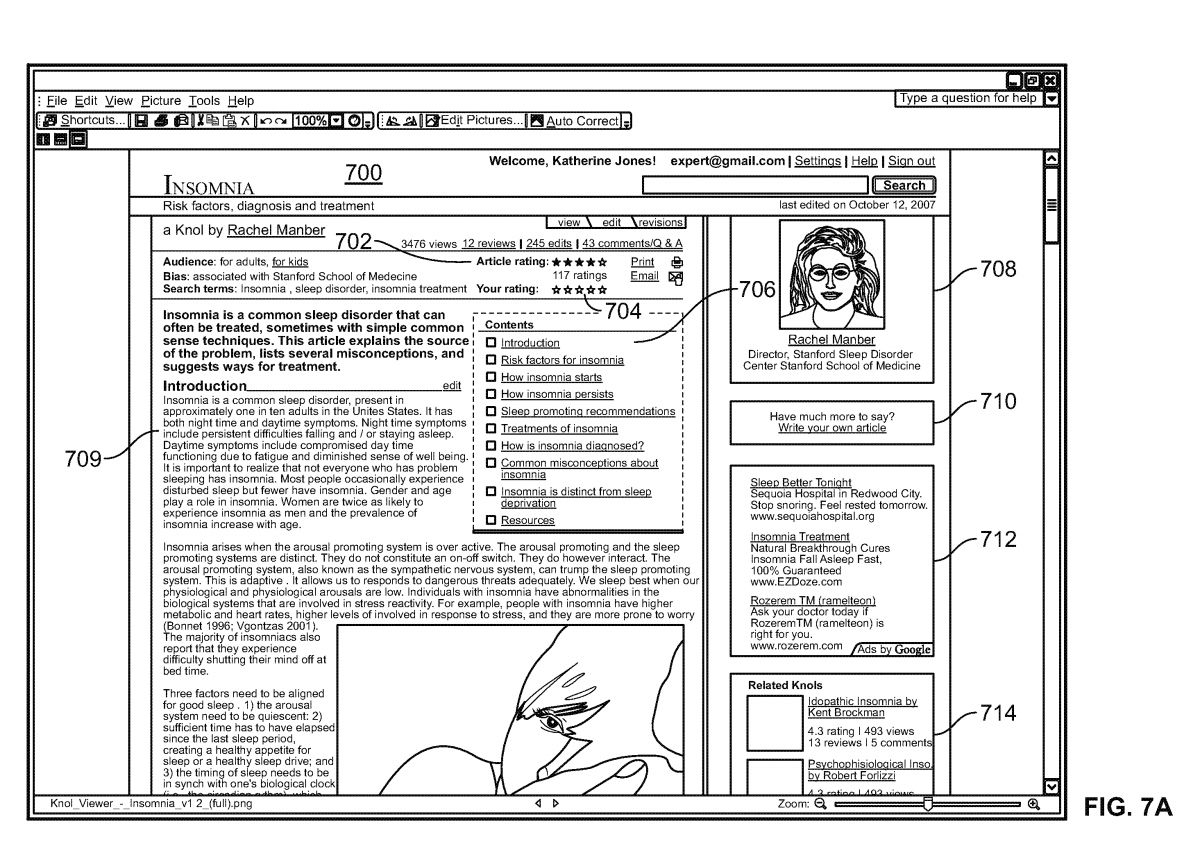
In the old times, the “rel-publisher” and “rel-author” attributes and values are used to specify the author and the publisher of the content to make it more distinctive across the different regions and languages. The same mentality can be used without these rel attributes and values, with the help of named entity recognition.
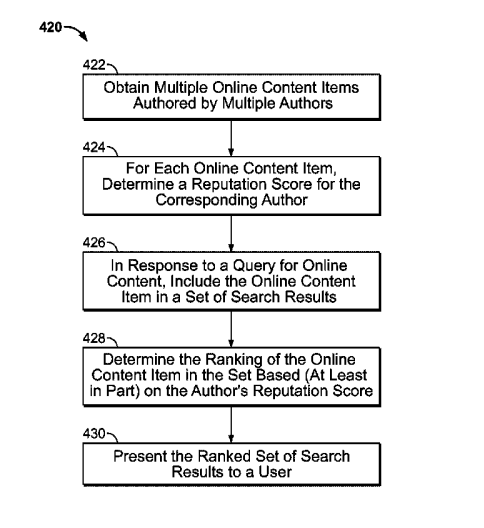
What are the Patents of Google for Hreflangs and Multilingual SEO?
The patents of Google for hreflangs and multilingual SEO can be found below.
- Providing text resources updated with translation input from multiple users
- Machine translation using information retrieval
- Cross-lingual indexing and information retrieval
- Language selection for information retrieval
- Parallel document mining
- Automatic expanded language search
- Autocompletion and automatic input method correction for partially entered search query
- Using geographic data to identify correlated geographic synonyms
- Modifying a social graph based on language preference
- Query language determination using query terms and interface language
- Language-specific search results
- Augmenting queries with synonyms selected using language statistics
- Speaker verification across locations, languages, and/or dialects
- Suggested responses based on message stickers
- Automatic suggested responses to images received in messages using a language model
- Method and system for facilitating text input
- Augmenting queries with synonyms selected using language statistics
- Automatic language identification using both N-gram and word information
- Identifying common co-occurring elements in lists
- Identifying related terms in different languages
- Methods and systems for selecting a language for text segmentation
- Context-based language model selection
Reading these documents will help the readers of this multilingual SEO guideline and case study to understand further.
Last Thoughts on Multilingual SEO and Holistic SEO
Multilingual SEO is a vertical of Holistic SEO. Multilingual SEO uses hreflang tags, but not just hreflang tags. It also uses audience diversification, external reference diversification, section effect, quality, reliability, and relevance score share across different sections and languages. It is related to the technical SEO, and also content marketing, Local SEO, Image SEO, and translation quality, website symmetry, the internal links, link text languages, IP locales, and contextual search, contextual signals. Multilingual SEO is useful to understand Search Engines’ perception of the SERP and the sources on the web.
What is the Relation Between Multilingual (International) SEO and Semantic SEO?
The relation between International SEO and Semantic SEO is summed up in the list below.
Semantic SEO is based on Natural Language Understanding and the Association of similar things based on mutual attributes. Semantic SEO can be seen within the crawling patterns of search engines, URL Patterns of websites, or code structures of the websites. Multilingual SEO can be empowered with Semantic SEO by creating a semantic content network for a topic, context, and a group of entities for the most related and prominent attributes. A multilingual website can increase its informational and functional value for the search engines and its users by using semantic meaning relations between concepts across different languages. Helping a search engine to understand the cross-lingual search for different entities, increasing the topical authority in a cross-lingual reciprocal effect will benefit the international SEO further.
To learn more about Semantic SEO, read the related guideline.
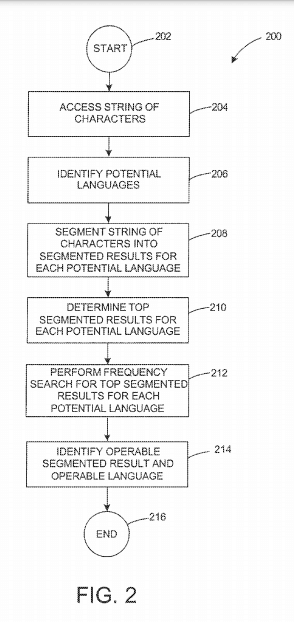
What is the Relation Between Multilingual (International) SEO and Local SEO?
Local SEO is part of contextual search engine optimization. Users’ contextual signals with social features and geography signals along with the geography entities from the queries can be used within the local search understanding. Local SEO can be performed with Google Maps, Yandex Maps, Apple Maps, Google My Business, Local Site Directories, Local Citations, Local News, Mentions, Local Foot-traffic, reviews from local users, and more. Multilingual SEO and Multiregional SEO are connected to each other, and thus Local SEO and Multiregional SEO are related. A multilingual website’s brand can have multiple offices across different continents, countries, or cities. A multilingual SEO Project can include hundreds of Google My Business Accounts, and thousands of products, and services from all these GMB Addresses.
Google My Business and Local SEO Efforts can benefit from reviews, products, services, foot traffic, appointments, descriptions, Google Posts, social media account links, local citations, and 3rd party review sites along with direct questions from users, and countless images of the service, staff, and the offices. Improving the locality signals for every language, and its region will benefit the Multilingual SEO. Putting the related sub-directory, or subdomain from the related language into the Google My Business’s website section is important, and having local mentions and testimonials from every region will rivet the local relevance for the queries from the related region and language.

What is the Relation Between International (Multilingual) SEO and Image SEO?
Image SEO is the process of optimizing the visuals of a website to satisfy the users that search with images, or image search queries. Image search can be less language-dependent since visuals are universal for every language. But, landing pages of the images should be able to satisfy the users’ language. In this context, translating the texts on the images, translating the landing pages of the images, and translating the structured data of the images are important for multilingual SEO in the context of Image SEO. A website that increases its relevance visually with images, and quality signals from the image search will benefit the web search results with the overall quality and relevance signals. In this context, the reciprocal effect of the multilingual sections with the visual search quality will benefit the multilingual SEO.

What is the Relation Between International (Multilingual) SEO and Technical SEO?
Technical SEO is one of the most influential parts of Holistic SEO. Technical SEO is the process of making a website clear, understandable, crawlable, indexable, and fast for the search engines by optimizing the SEO and User Experience-related website components on the back-end and front-end. Technical SEO is beneficial for Multilingual SEO, and the most important connection between international SEO and Technical SEO is hreflangs. If a website is not crawlable, indexable, or clear for the search engines, the multilingual content won’t be able to understand by the search engines. To make every content piece understandable, and help search engines to find matching translated, alternate contents easier, implementing Technical SEO best practices is important. Another relevance of Technical SEO to International SEO is the multiple servers for multiple locations and fast response times.
Providing a fast responding search experience for the users in the context of multilingual search, and making every web page clearly understandable without noise to search engines are the two main relations of Technical SEO to international SEO.
Multilingual SEO guidelines will be updated in the light of new information over time.
- Sliding Window - August 12, 2024
- B2P Marketing: How it Works, Benefits, and Strategies - April 26, 2024
- SEO for Casino Websites: A SEO Case Study for the Bet and Gamble Industry - February 5, 2024



WOW Im in the process of writing my first ebook about multilingual SEO and this article is something that I was looking for.
Happy to know, thank you.
The best international SEO guide.
Thank you, Olivia.
This a great guideline for explaining Multilingual SEO Principles.
Thank you so much, Olivia!
The best multilingual SEO article.
Hi Koray,
Though I am having hard time to grasp these concepts but something caught my eye from this study “To prevent this situation, the content should include the same facts, prepositions, entities, entity relations, attributes, questions, and headings across all the languages, and it should protect its comprehensiveness”. I have questions regarding this:
1. let say query(not main heading but a subheading) is “famous popstars” and localized answers should be : for my english version : “Justin Bieber..etc” and korean version “BTS etc” isnt that how it is supposed to be “localizing facts of the content”. But according to this article the answer(facts and entities) should be same for both (either Justin Biber or BTS?). How to get around this as this is just small example assume a case where lot of facts need to be localized to make article relevant, how to get around this?
I am still new to SEO just few months into it. Please if you explain in more simple terms and thank you for this detailed article. How you do all these things agency,case studies,seminars will always be mystery..
According to my I would say, that you have to use the BTS, or someone else, because the entity is different but the Entity class is same, BTS and Justin both are celebrity (i think, or singers, actors, or celebritiy)
As Koray mentioned in this article, that you must have to use the same content, facts, but sometimes, the attributes are changed for an entity,…
let’s say, US and Russia, a US leader would have negative attributes in Russia, same a Russian hero will be vilain in the US … the entity is same, but the attributes chagnes based on the locale, country, demography….
I found this section in this article you can read
“An entity’s content, description, functions, or attributes can change based on languages and geographies, for instance, a pharmacy is an entity, and it sells cosmetics in the USA but it doesn’t sell cosmetics in Europe. Thus, a search engine can recognize these differences also based on authoritative sources for a topic across different languages.”